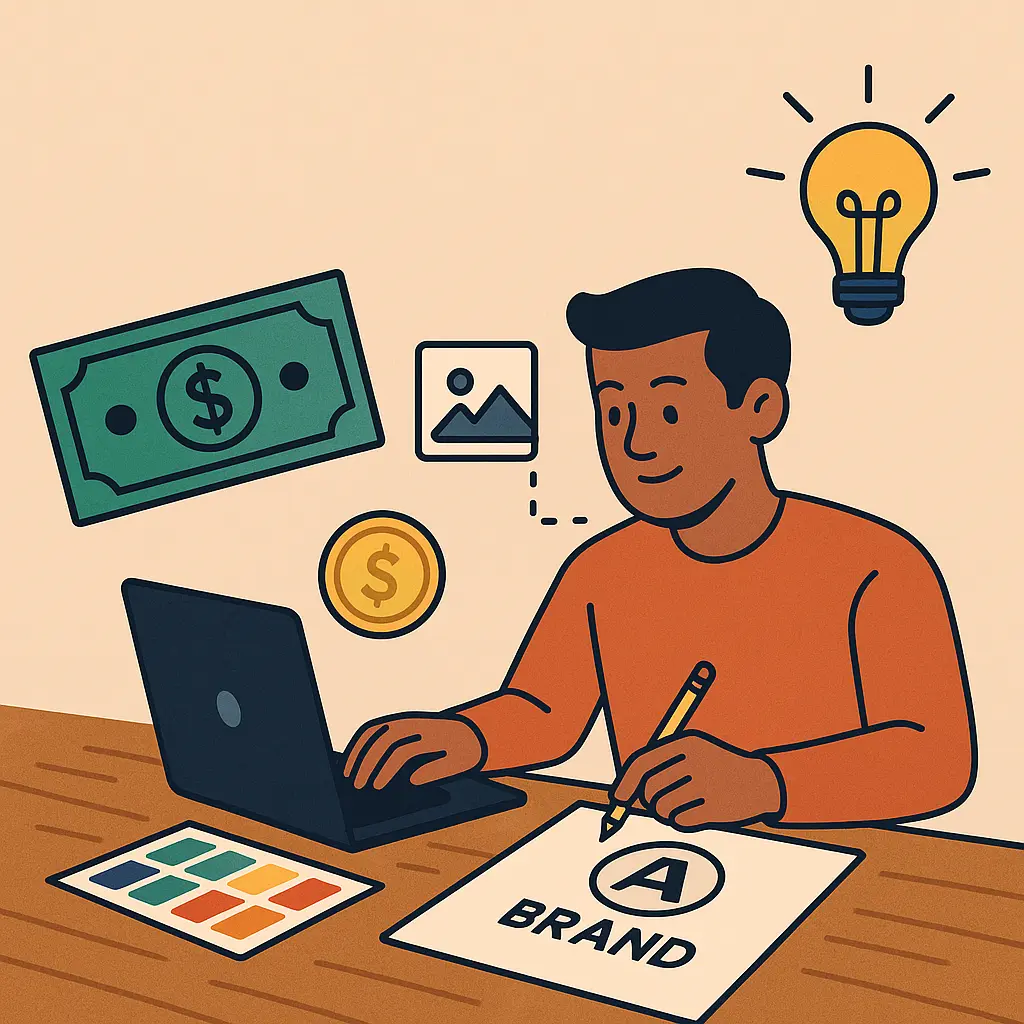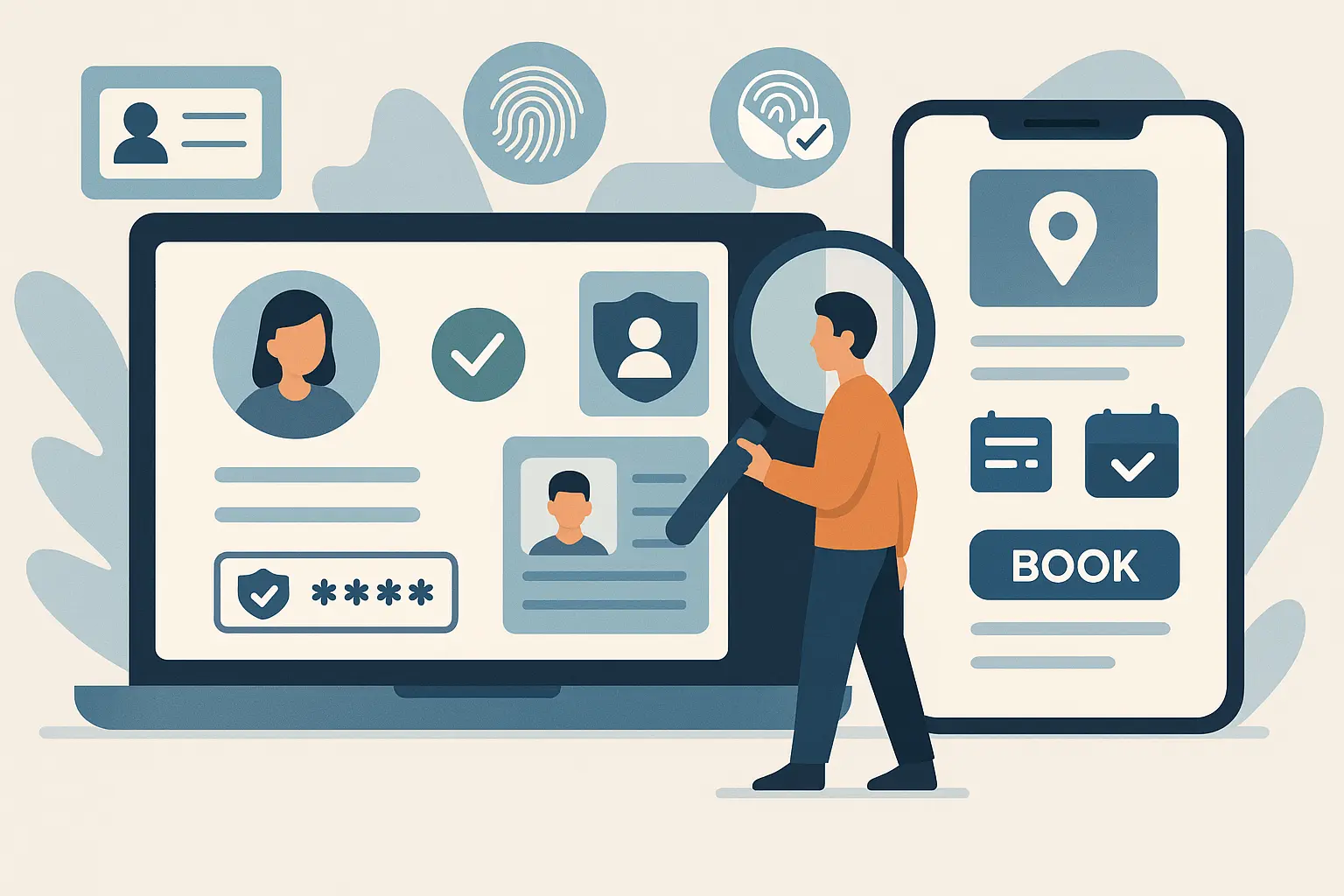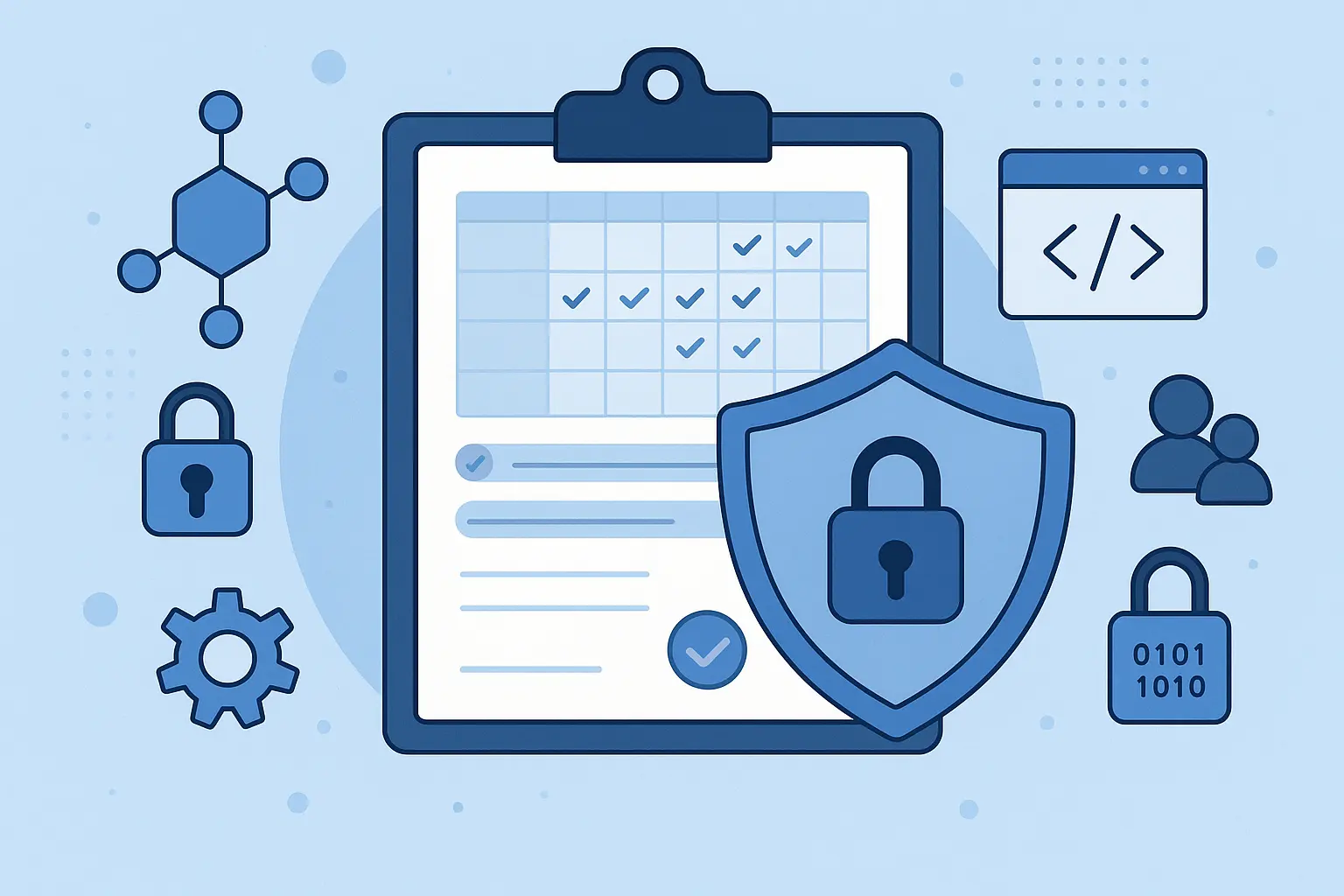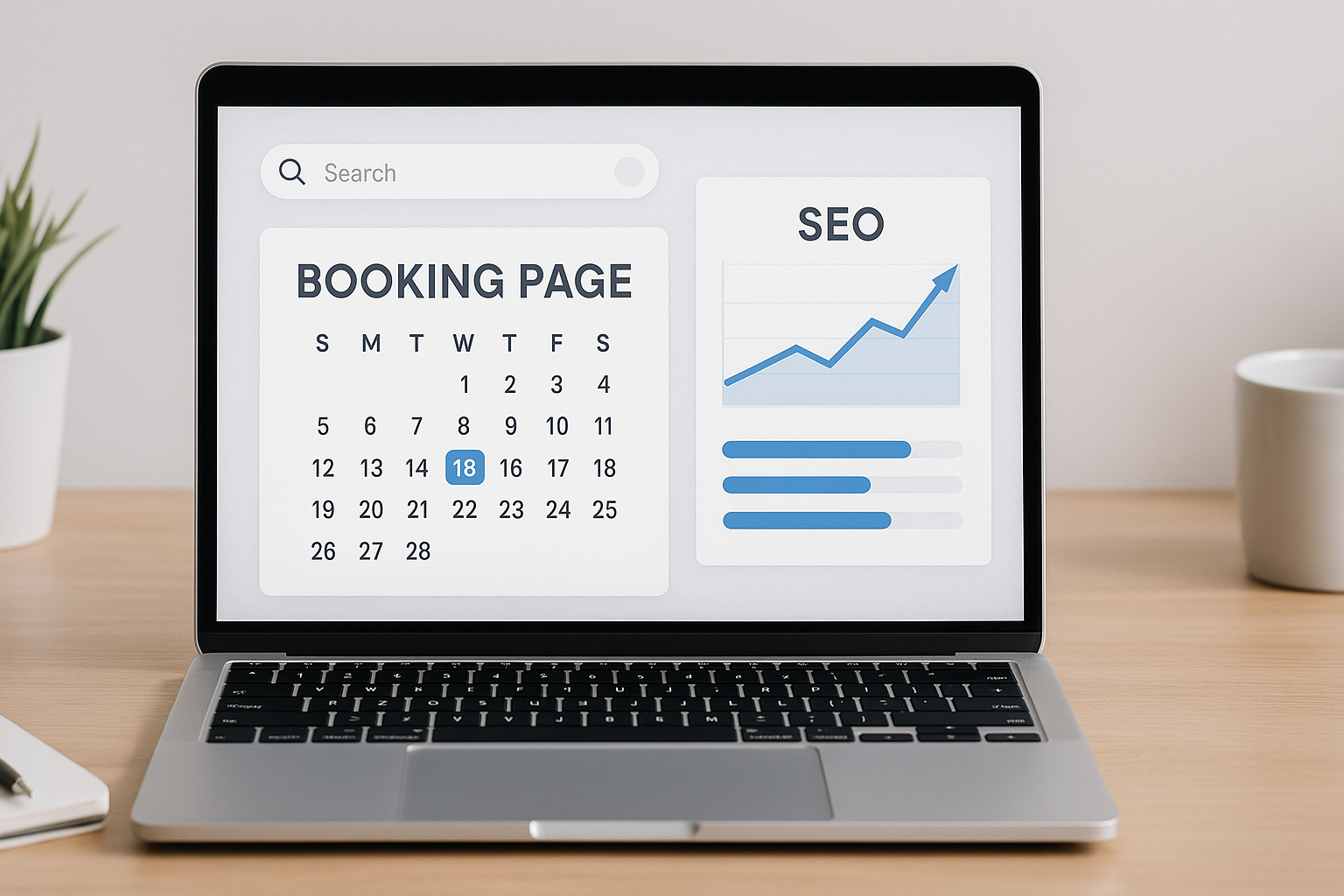Branding is necessary whether you’re turning your passion into a full-time business or creating a side hustle. The good news? You no longer need a huge budget to build a brand and stand out in a sea of competitors, whether you’re a coach, a handicraft enthusiast, or a virtual assistant.
For instance, innovative AI tools allow you to create a brand, establish your visual identity, and launch your website in one day. Learn more in this guide as we walk you through ways to create a memorable and impactful brand for your activity.
Create a clear brand strategy.
First things first: Build a solid brand foundation before considering colors, logos, slogans, and taglines. Doing so will help you make decisions on everything, including what to use in your social media bio and website to attract potential customers. The following questions should guide you with a business branding strategy.
- What’s your product/service category? Expertise? Are you a tutor, pet sitter, delivery rider, or affiliate marketer?
- Who is your target audience? Define your customers, identify their habits and needs, and understand their language. This will help you define the branding that will be tailored to them.
- What solution do you offer? Do you help customers save time or make their lives easier?
- What is your mission? Brand values for side hustles will help drive the philosophy behind the hustle.
Once you’ve clarified these, you can start building your brand personality. Your brand personality encapsulates how you communicate your values and beliefs to your audience through marketing, communications, and visual cues.
Defining your personality allows you to connect better with your target audience. Thus, building your branding strategy early on is essential; you can adjust as needed.
Knowing and applying it in all your visual assets and content will make everything feel purposeful and consistent. It’ll help you stand out and build trust with your audience, making your brand memorable and relatable to your customer base.
When every piece of communication—whether it’s your social media graphics, website headers, email templates, or printed collateral—follows a unified visual language, you create an environment your audience can recognize and rely on. That consistency signals professionalism, attention to detail, and a clear sense of identity. Over time, it becomes easier for people to immediately associate a specific color palette, typography, or design style with your brand—even without seeing your logo first.
This approach also strengthens emotional connections: when your audience repeatedly sees that cohesive look, they begin to internalize your brand values and feel a deeper sense of belonging. As trust increases, customers are more likely to refer you and become repeat buyers. For brands that want to extend this impact into physical media, choosing sustainable book printing services ensures your message is communicated with the same care for quality and the environment.
A few examples of brand personalities are:
– fun-loving (ambitious, playful, and lighthearted)
– trustworthy (dependable, professional, reliable, and honest)
– innovative (creative, forward-thinking).
Design a high-quality logo without hiring a graphic designer.
Graphic design services cost between $15 and $35 per hour. However, this might not be the most practical option for people who’ve just started their business and want to build a brand on a budget.
Depending on the designer, the back-and-forth of files (and maybe design revisions) can cost more. This also takes more time, which may not be for you if you want to launch your website or brand as soon as possible.
Fortunately, freelancers can use a logo maker. These tools allow you to design a brand logo without spending money unless you’re ready to download the final logo.
For example, tools like Logogenie, a budget-friendly logo design tool, lets you create a logo in minutes for free. You only pay for it when you’re satisfied with the design you made and ready to use it however you choose. Still, it’s an affordable option. For instance, you can select the standard logo pack, which includes PNG, JPG, SVG, PDF, and transparent file formats for use across platforms.
But most importantly, anyone can create a logo online with an AI logo maker. Yes, even without a design degree. In most cases, you only have to enter your business name and industry to use one, then wait for the AI to generate customizable templates based on your criteria and select logo fonts, icons, colors, and layouts. After this, you can preview your design and finally download it once you are satisfied.
Bottom line, designing a professional logo without spending a huge budget is possible. User-friendly and innovative AI tools are accessible for everyone.
Build a visual identity.
Our next tip is to build your visual identity, a collection of visual elements (logo included) that differentiates and represents your brand in all touchpoints (website, social media, etc.) and that effectively helps customers identify your side hustle business (brand recognition).
Continued brand exposure creates emotional responses and brand associations, which are more often than not triggered by visual cues. This makes your brand different, relatable, and consistent.
Brand colors: Choose up to three colors in the color palette that complement your logo and represent your brand personality. Understand color psychology to discover the emotions and feelings associated with specific colors to help with your creative process. Soft pastels feel artisanal and friendly, while reds signal passion and energy. Blues, on the other hand, signify professionalism and trustworthiness.
Fonts: Select one for your headlines and another for the body text. We recommended picking those that match your brand tone and that are legible. You can check out Google fonts for free and stylish options.
Branding templates: Use VistaPrint, Canva, or Adobe Express for templates, and add your logo to business cards, branded templates for social media, and lead magnets.
With drag-and-drop features, these tools can save you money, time, and resources while offering an easy way to create branding templates. Again, use these with your logo across channels, such as TikTok and social media posts, newsletters, email signatures, packaging, and workbooks.
Icons, illustrations, and graphics are another critical component of a visual identity on a budget, as they’re your brand’s stylistic extensions (shapes, icons, and even simple lines). Remember, graphics influence everything from presentations, marketing materials, social media pages, and buttons on your website, contributing to your overall identity and supporting consistency.
Create a website.
The steps to building an online presence wouldn’t be complete without a website. After all, customers expect all businesses to have one.
Your side hustle is a business.
Thus, having a website is a must for online branding. It’s where customers will find you and learn more about your services. It’s your platform and storefront.
The best part? You can build a website with Squarespace and WIX in only a few hours.
Thanks to their easy functionalities, such as responsive templates and drag-and-drop interfaces that beginners can understand and follow. On the other hand, you should check out Webflow for total design freedom – no coding needed. Just pick a layout for your brand and add content.
For the best results, we recommend taking note of the following branding tips.
- For a branded website setup, use your logo as the header and the favicon variant as the “small icon” in the browser tab.
- Use your chosen fonts and colors across your website for visual coherence and brand consistency.
- Create and publish content with your brand voice.
- Share your brand story and mission on the About Page.
- Use a clear and compelling call-to-action, such as “Book a consultation now” or “Schedule a call.”
Start with marketing.
Promote the brand online: Luckily, building a business on a budget does mean you have to spend a fortune to start. You can use free marketing platforms.
Start with social marketing: Identify where potential clients hang out (Facebook Pages, Instagram, Pinterest) to reach as many of them as possible. Optimize your profile, and focus on them.
- Upload your logo as a cover banner or profile photo for brand recognition on social media.
- Use your tagline and colors in banners, profile highlights, and post backgrounds to promote your visual identity.
- Use Highlights and Reels for your products and services on Instagram to build a personal brand. Transformation stories, time-lapse videos, and behind-the-scenes, before-and-after photos also work for a personal touch.
- Are you using Pinterest? Pinterest Boards are excellent! Just remember to create boards with your audience and niche in mind. This goes for product/service showcases, mood boards, and tutorials.
Create branded templates with tools like Canva for client testimonials, educational tips, promos, and quotes. And again, incorporate your colors, icons, and fonts for consistency and cohesion.
Design and create a branded visual (like a mini guide) to serve as a free magnet to grow your email list while driving engagement, growing your audience, and building trust with them.
Final Thoughts
Your side hustle is a business. It needs a solid brand identity to stand out and be easily recognizable.
Your potential clients’ repeated interaction with an impactful and memorable website, logo, and brand identity can help you build a relationship with them and give them the confidence to do business with you.
So, follow the branding tips for small businesses we’ve shared above so that your side hustle can stand out and thrive in a highly competitive market, whether you’re a coach, an online educator, or an arts and crafts seller.
The business branding tools we’ve highlighted can help you build a brand on a budget while still getting the most out of your efforts.
Building your brand does not have to be expensive or overwhelming. With free marketing tools, a clear brand strategy, a cost-effective logo design tool, and a dedicated mindset, you can create a professional and memorable side hustle brand identity even without a large budget or design skills.







